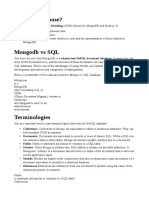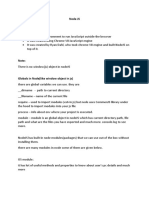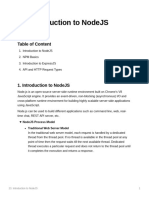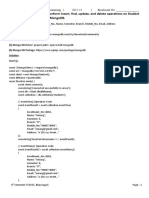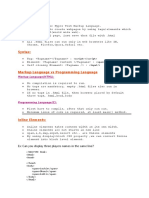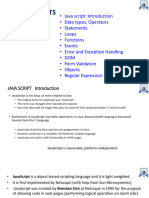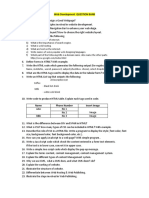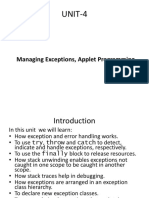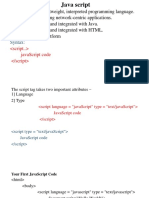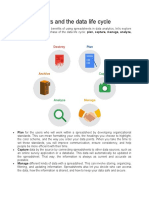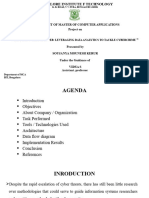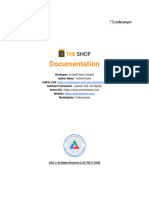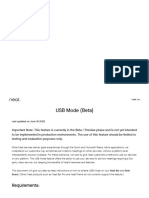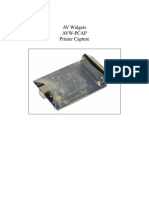0% found this document useful (0 votes)
386 views16 pagesMG-Develop A Backend Application Using Node Js
AL(Backend) development
Uploaded by
ishimwesameernCopyright
© © All Rights Reserved
We take content rights seriously. If you suspect this is your content, claim it here.
Available Formats
Download as PDF, TXT or read online on Scribd
0% found this document useful (0 votes)
386 views16 pagesMG-Develop A Backend Application Using Node Js
AL(Backend) development
Uploaded by
ishimwesameernCopyright
© © All Rights Reserved
We take content rights seriously. If you suspect this is your content, claim it here.
Available Formats
Download as PDF, TXT or read online on Scribd
/ 16


